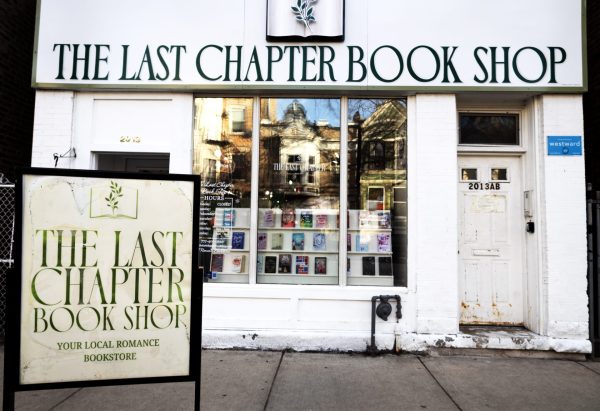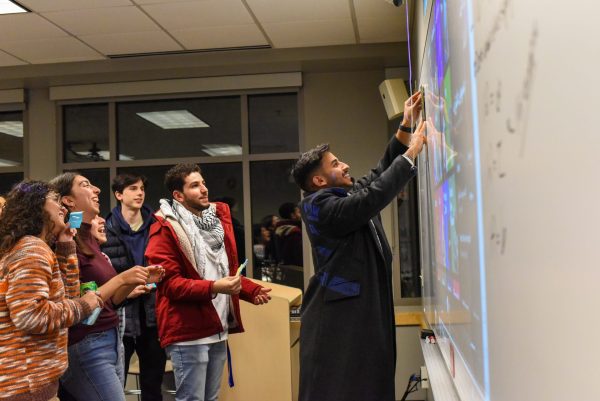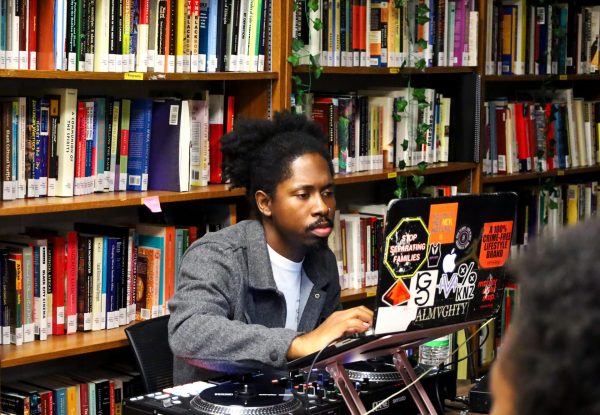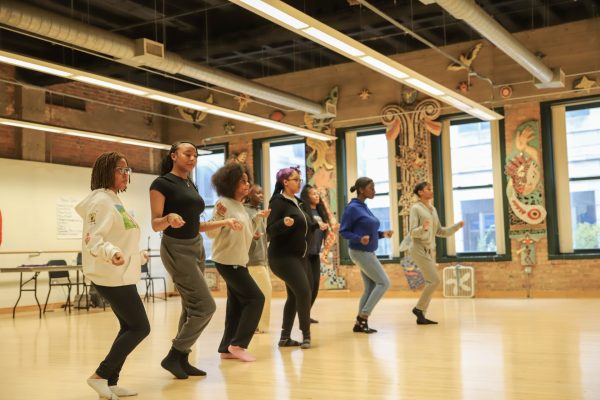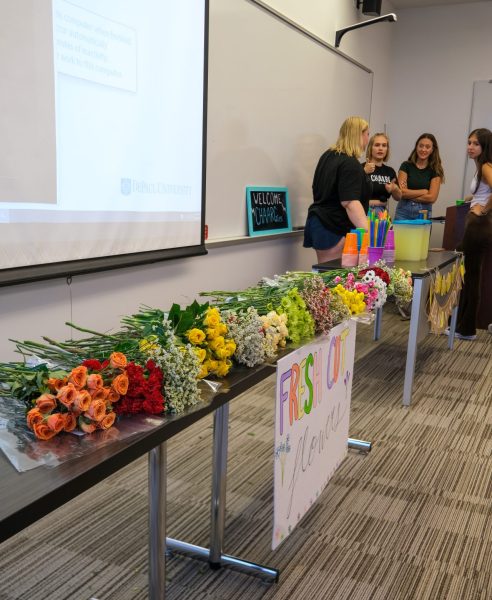Lincoln Park cafes and restaurants holding on through tough financial, global times
“I love what I’m doing,” Luis Zurias, owner of Olor Coffee Bar, 1013 W. Webster Ave, said. “You probably see, I work every single day. I wake up at 5 a.m. and I go to bed by nine to ten p.m. every single day. I just sleep seven eight hours, cook my own food. But I love what I do. I’m sacrificing now.”
During the pandemic, government-mandated shutdowns, layoffs, safety protocols and an uncertain economy forced Chicago’s food industry to be innovative and nimble to survive. Now, despite rising Covid-19 cases, the industry is clawing its way back to some semblance of normalcy.
“Things are coming back, but they’re not to the level they were before,” said Sandra Holl, owner of Floriole Cafe and Bakery in Lincoln Park. “And there’s just different challenges that are present now.”
The labor market has presented a challenge: Holl said Floriole currently employs 13 people — and hired three more just this past week. This is just half of the business’ pre-pandemic size.
“We are [getting] half the revenue, but we have half the staff and so I think we’re doing okay,” she said. “We’re not right side up quite yet, but we’re on our way to being right side up and being sustainable, which, to me, is being profitable without people losing their minds.”
The inability to hire qualified workers is one of the most critical and widespread issues currently affecting businesses, according to a report by the U.S. Chamber of Commerce. When businesses don’t have enough employees, they have to reduce hours, scale down operations, or in a worst-case scenario, close. The hospitality industry, which includes restaurants, is the most affected.
There are approximately half as many available workers for every open job, according to the report. There were a record high 11.3 million vacant job openings in the U.S. in March and 4.75 million more open jobs today than people looking for work.
Holl has owned the bakery for 16 years, and has operated out of the Lincoln Park location for 13 years. The bakery is open Wednesday through Sunday from 9 a.m. until 2 p.m.
“I feel like we’re lucky,” she said. “We had enough time under our belt to end and we were in a financially sound place going into the pandemic that allowed us to get through it… I can’t imagine if we were under water beforehand or in a precarious place. It would have been just that much crazier. It already is crazy to get through the pandemic with a business with navigating so many things, that I think as small business owners, we’re not qualified to navigate and yet we’re forced to figure things out.”
Crain’s, using data from food and beverage analytics firm Datassential, reported that roughly 280 restaurants closed in the fourth quarter of 2021 — just when Covid-19 booster vaccines and a bump from holiday business may have seemed to bring on a return to normal after nearly two years of lockdowns, quarantining and social distancing. Just 23 restaurants reportedly closed in the fourth quarter of 2019, the last quarter before the pandemic, according to Crain’s.
On top of that, a disrupted supply chain and high inflation rates mean supply hiccups and high prices for restaurants. Inflation in the U.S. hit near 40-year highs this spring, forcing restaurant and cafe owners to make sometimes tough choices. According to the National Restaurant Association, wholesale food costs were up 7.9 percent in 2021. Hourly labor costs were up 8.6 percent. The Midwestern region saw the strongest menu-price gains between April 2021 and April 2022 in the nation, at 9.3 percent.
Luis Zurias, owner of Olor Coffee Bar, located at 1013 W. Webster Ave., said the high prices have made it impossible to keep menu prices down.
Zurias takes pride in offering quality products, like organic milk. He believes it sets his business apart from bigger chains like Starbucks or Dunkin Donuts.
“For example, for [organic milk], I was paying five or six dollars,” Zurias said. “Now, I’m paying 10 dollars. Ten dollars. I didn’t charge more at first, but I got to eventually, with everything going up.”
Zurias had long dreamed of opening a cafe. He moved to the U.S. from Venezuela — which faced an extreme inflation crisis itself — nearly four years ago.
He started the business last December with no money in the bank and has since nurtured a flourishing business with three employees. One day, he dreams of expanding to other cities like San Francisco or Boston.
“I love what I’m doing,” Zurias said. “You probably see, I work every single day. I wake up at 5 a.m. and I go to bed by 9 to 10 p.m. every single day. I just sleep seven, eight hours, cook my own food. But I love what I do. I’m sacrificing now.”
At Mo’s Asian Bistro, located at 1353 W. Fullerton Ave., high produce prices meant higher prices for customers, too. Mo’s is known for its dinner and lunch specials, sushi and noodles. It offers to-go and carryout options.
“Everything goes up [in price],” owner David Mo said. “It’s like, ‘Oh, by surprise all my produce and other stuff goes up 30 percent, sometimes 40 percent.’”
Mo said he raised his prices around 20 percent to keep pace, but also notices fewer customers walking through the doors. He also was hit by labor issues — he used to have 10 employees, and now, he has five.
“Everyone wants things to be like before, and we’re just not able to operate like before,” Holl said.




